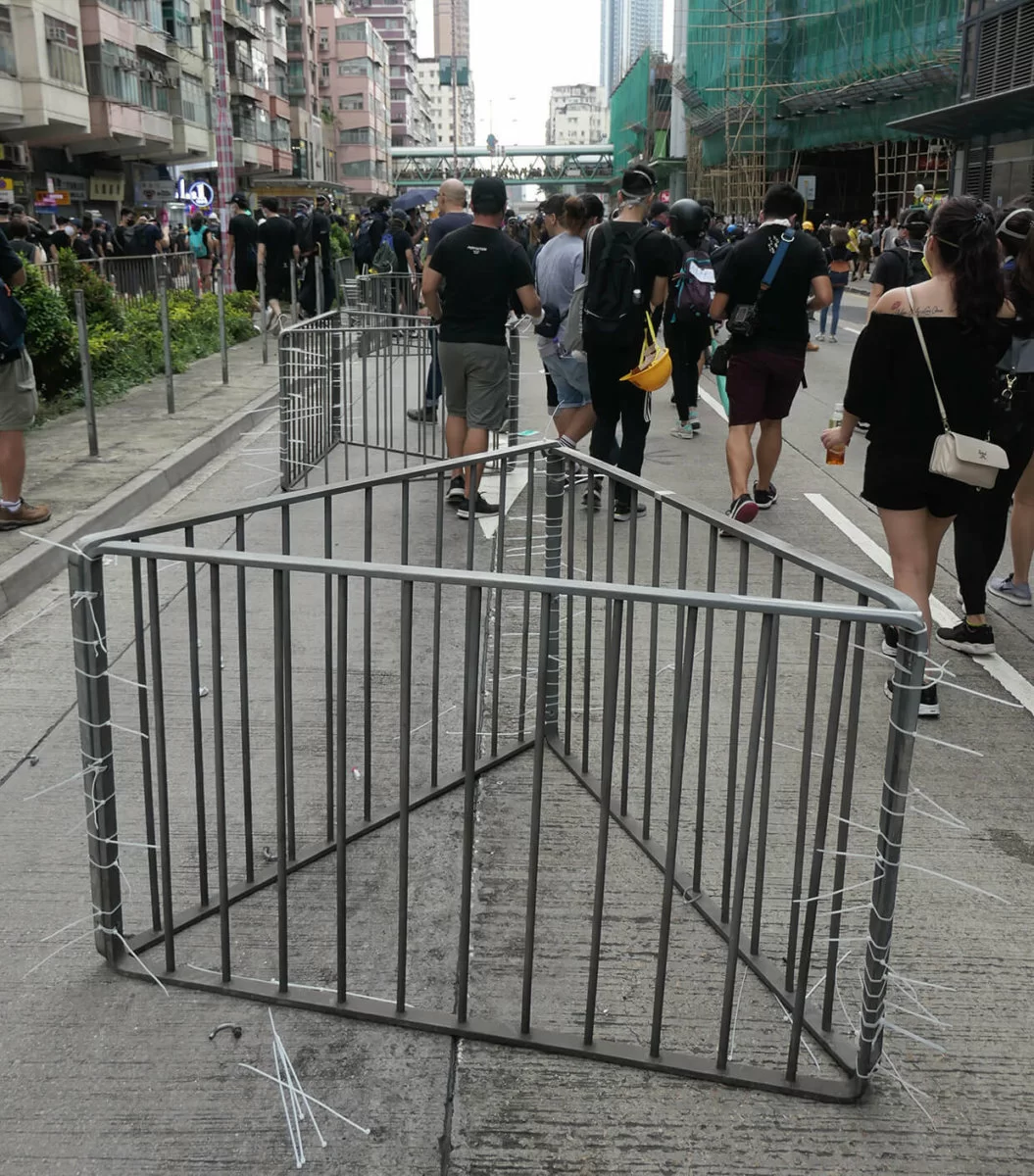After deaths and the arrest of over 1,000 people, escalating violence and major disruptions to Hong Kong’s economy, including closure of the airport, the government finally withdrew the controversial extradition legislation that precipitated Hong Kong’s current political crisis last week. However, protesters’ grievances have widened and whole areas of government and police behavior and their policies and practices are now under scrutiny. This is an opportunity for investigation and reform – and the government should embrace public dissatisfaction to implement changes. The ultimate reform, as outlined in the Basic Law, is achieving universal suffrage in the Legislative Council – but in the meantime, we can explore easier-to-achieve changes.
Hong Kong has experienced countless ups-and-downs over the last 150 years, but its geographical position and strategic gateway to Guangdong and the South China Sea has ensured that it bounces back. It is a cliché, but true: Hong Kong sees opportunities during times of crisis. In living memory, this has been demonstrated during the Korean and Vietnam Wars. The city has been a place of refuge during the mainland’s political upheavals, and, since the mainland’s post-1980s economic reforms the city continues to be a conduit for raising investment capital, offering business advice and bestowing legitimacy on mainland financial dealings. Importantly, and at issue during the protests, is that Hong Kong is the only place in China with the rule of law and freedom of expression.
Over the last months, I have spent many nights walking Hong Kong’s empty streets after the protests have ended and protesters and police – both – have gone. There are remnants of conflict: barricades, stones, upturned rubbish-bins, bus-stop signs, graffiti, water bottles, tear gas canisters and abandoned Molotov cocktails. At night, post-protests, the city is eerily quiet and has a stripped-back, ready-to-transform feel about it.
Once the city and its political mess settles, there is an urban rehabilitation/landscape design opportunity that could be a component in the city’s healing and reconciliation. Many of our urban areas are blighted by concrete ugliness and not designed to be people-centred, nor give comfort and leisure opportunities for residents. We can start with re-envisioning our streets. For example, the city has long toyed with pedestrianizing some streets, but little has happened. Parts of Central, Tsim Sha Tsui, Jordan, Tsuen Wan, Kwun Tong and Mong Kok are perfect for a radical makeover by banning cars and replacing them with people-friendly zones. With imagination, such pedestrian streets could be introduced without causing undue inconvenience to cars and traffic, whose needs have for too long been unduly catered to. We must ensure that pedestrian zones have a modicum of activity, without being monopolized by noisy street performers or commercial (predominantly telecom companies) vendors.
Imagination has been utilized by protesters with their quick-fire dismantling of the steel street dividing fences seen throughout Hong Kong – at every protest site these are quickly re-assembled as triangular barricades using plastic ties holding the three sides together. They are then dragged into position to block roads. After each protest, the Highways Department has not replaced these steel fences, in fear that they would again soon be dismantled to create new barricades at subsequent protests – so lengths of roadway are now currently fenceless. These fences were always ugly and first appeared in the months after the British administration left in 1997. This is a wonderful opportunity to re-envision our roadside barriers. We can greatly reduce the number of fences and design better and colourful alternatives that protect pedestrians from cars but also allow streets to be more easily crossed at ground-level. Combined with street landscaping with trees, greenery and seating – these ugly fences can be replaced by green fixtures serving the same safety functions.
One of the protesters’ grievances is that Hong Kong has lost, and is losing, much of its own culture. Since 1997, the city’s street identity has been under constant threat by government clean-ups. Hong Kong’s distinctive neon signage, so emblematic of the city’s vibrancy, has been reduced to isolated signs. There is now an opportunity to reclaim Hong Kong’s street identity by reintroducing neon signage and lighting, safely secured to buildings, by offering government subsidies to businesses and organisations for their reconstruction and ongoing maintenance costs. In a stroke, Hong Kong’s identity can be ‘revitalised’!
The so-called smart lighting that was attacked by protesters in Kowloon Bay is a wake-up call. Hong Kong is an incredibly safe city and there is little need for unnecessary surveillance. Being a “smart city” is an attractive catchphrase, but uncontrolled and often insidious surveillance by introducing ‘convenient’ online payments, cashless transactions, security cameras, and facial recognition allows the abuse of privacy. As facial recognition technology and surveillance becomes the norm on the mainland and around the world, Hong Kong has an opportunity to be a leader in protecting people’s privacy. Stronger laws protecting individual privacy and protocols for the installation of facial recognition and other intrusive technology can make the city a leader in protecting private information. Old fashioned posted letters, cheques and cash payments still have an important role in maintaining communication and payment options alongside a flood of technology that can easily be compromised to the advantage of an online hacker, bad companies or an authoritarian government.
Opportunities abound during Hong Kong’s eventual reconciliation. There is so much opportunity to reform. Let’s start!








